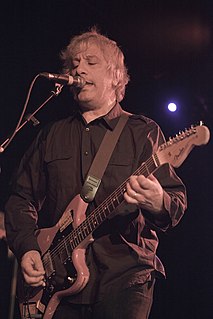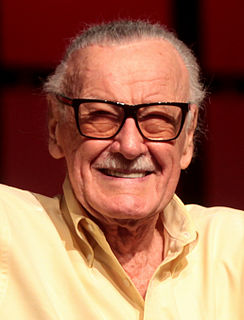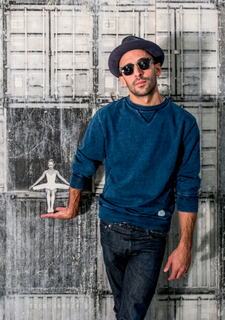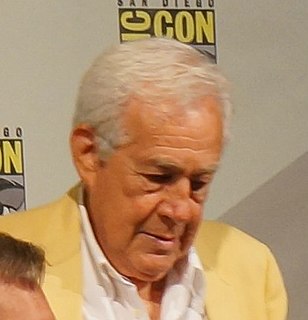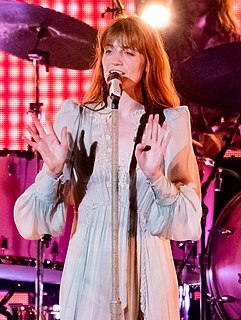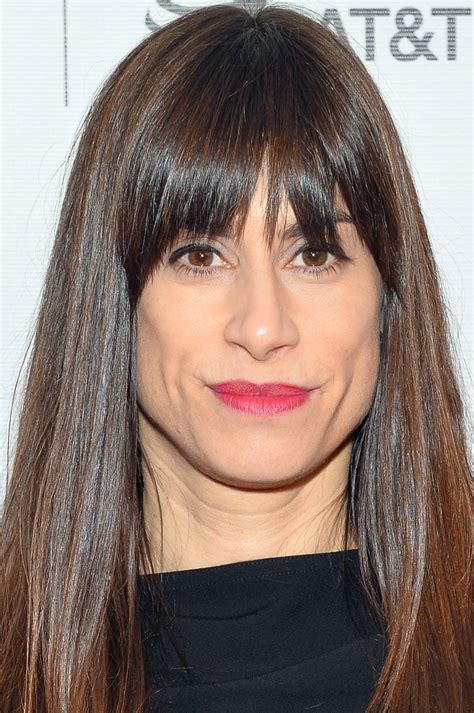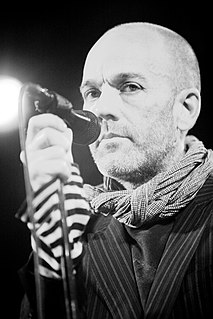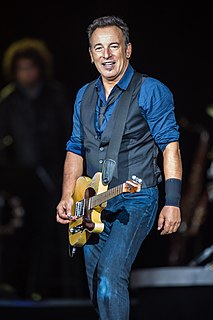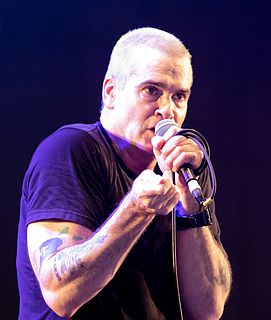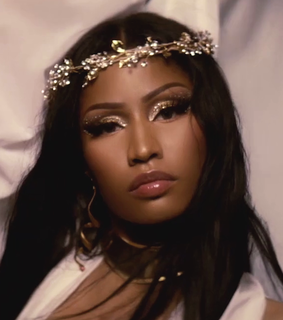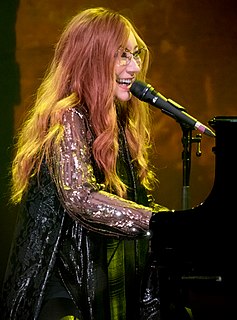A Quote by Lee Ranaldo
Whenever I work on an album and the time comes to do all the artwork, the only thing I think of is the LP artwork. When we worked on the 'Electric Trim' artwork, we spent weeks and weeks making the LP artwork great, and then the CD artwork came together in a day or two. The LP is what's important to me.
Related Quotes
I think, for me, Julian Schnabel set a great precedent in being able to cross over so successfully. I feel like his artwork is kind of big, grand, and bombastic, yet the films that he makes are very beautifully sensitive, and I just feel that his filmmaking sensibility is very different from his artwork.
I've got some incredible fans actually - so loyal and they make me birthday cards and Christmas cards. I got this package of poems and artwork based around the songs. They've got this thing called 'Floetry' where they all have to put in artwork. They've set up their own competitions and stuff which is kind of amazing.
I've got some incredible fans actually - so loyal and they make me card »">birthday cards and Christmas cards. I got this package of poems and artwork based around the songs. They've got this thing called 'Floetry' where they all have to put in artwork. They've set up their own competitions and stuff which is kind of amazing.
I think the term "artist's novel" for me has referred to writing which supports an art practice or a more specifically a particular artwork or project. The nonfiction novellas and nonfiction novel I have written play a role in my artwork as objects - which I will return to, but I write the books to exist autonomously.
The artwork for the record is kind of an homage to that. It's a collage, which rhymes with homage, I just realized. It's an homage to this kind of almost like a teenager's idea of what the future might look like, if he were using a Xerox machine and cut-and-pasting it together. Which is exactly what we did to come up with the artwork.
The greatest act of love was to make a tape for someone. It was the only way we could share music and it was also a way of advertising yourself. Selection, order, the lettering you used for the track list, how much technical detail you went into, whether or not you added artwork or offered only artwork and no track list at all, these choices were as codified as a Victorian bouquet.
To all viewers but yourself, what matters is the product: the finished artwork. To you, and you alone, what matters is the process: the experiences of shaping that artwork. The viewers' concerns are not your concerns (although it'd dangerously easy to adopt their attitudes.) Their job is wahtever it is: to be moved by art, to be entertained by it, to make a killing off it, whatever. Your job is to learn to work on your work.
